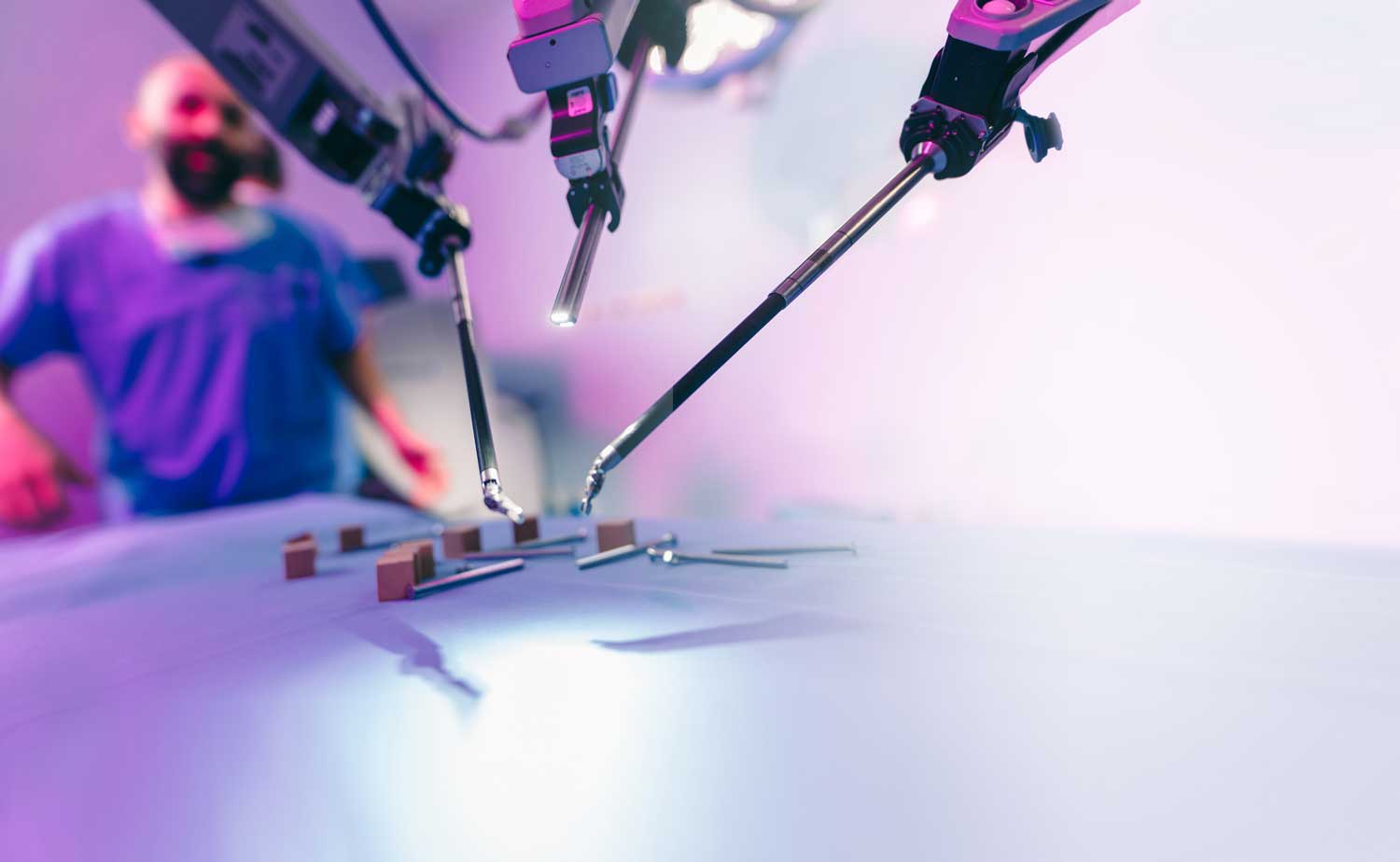Advancements in Robotic Surgery: Transforming Healthcare with Precision and Minimally Invasive Techniques

Introduction:
Robotic surgery has emerged as a groundbreaking technological innovation in the field of healthcare, revolutionizing surgical procedures and patient outcomes. With its precise control, enhanced visualization, and minimally invasive approach, robotic surgery has gained significant traction worldwide. This article explores the advancements and impact of robotic surgery, highlighting its benefits, applications, and potential future developments.
Enhanced Precision and Control:
One of the primary advantages of robotic surgery lies in its ability to offer surgeons enhanced precision and control during procedures. Robotic surgical systems employ highly advanced robotic arms controlled by surgeons, allowing for intricate and precise movements. The incorporation of robotic arms provides superior dexterity, eliminating hand tremors and enabling more accurate maneuverability in delicate procedures. This enhanced control translates into improved surgical outcomes, reduced complications, and faster patient recovery.
Minimally Invasive Approach:
Robotic surgery has revolutionized the concept of minimally invasive procedures. Traditional open surgeries often involve large incisions, causing significant trauma to patients. In contrast, robotic surgery employs smaller incisions, through which miniaturized robotic instruments are inserted. These instruments, along with the magnified 3D visualization provided by the robotic system, enable surgeons to perform complex procedures with minimal invasiveness. This approach results in reduced blood loss, decreased postoperative pain, shorter hospital stays, and faster return to normal activities for patients.
Expanding Applications:
Robotic surgery is being utilized across various medical specialties and procedures. In the field of urology, robotic-assisted prostatectomies have become a standard treatment for prostate cancer. In gynecology, robotic surgery is employed for hysterectomies, myomectomies, and other procedures. Additionally, cardiac, colorectal, and head and neck surgeries have also witnessed the adoption of robotic-assisted techniques. The versatility and adaptability of robotic surgical systems continue to expand, providing healthcare professionals with valuable tools to address a wide range of conditions.
Benefits for Surgeons and Patients:
Robotic surgery offers several benefits to both surgeons and patients. Surgeons experience improved ergonomics, as they can operate from a comfortable console, minimizing fatigue during lengthy procedures. The intuitive controls and enhanced visualization provided by robotic systems enable surgeons to navigate complex anatomical structures more effectively. For patients, the benefits include smaller incisions, reduced risk of infection, less scarring, and faster recovery times. Robotic surgery also allows for greater precision in procedures involving delicate structures, enhancing patient safety.
Future Directions:
The field of robotic surgery continues to evolve rapidly, with ongoing research and development driving innovation. Advancements in artificial intelligence and machine learning are expected to enhance the capabilities of robotic surgical systems, allowing for increased automation and improved decision support. Integration with other emerging technologies, such as virtual reality and augmented reality, holds the potential to further enhance surgical planning, training, and execution. Additionally, efforts are underway to make robotic surgery more accessible and cost-effective, expanding its reach to a wider range of healthcare settings.
Conclusion:
Robotic surgery has revolutionized the landscape of modern healthcare, offering unprecedented precision, control, and patient-centric benefits. Its minimally invasive approach, coupled with enhanced visualization and surgical capabilities, has transformed surgical procedures across various medical specialties. As the field continues to advance, robotic surgery holds immense promise for improving patient outcomes, reducing complications, and shaping the future of surgical care. Continued research, collaboration, and investment in this field are essential to unlock its full potential and ensure its widespread adoption in healthcare systems worldwide.
Comments
Post a Comment